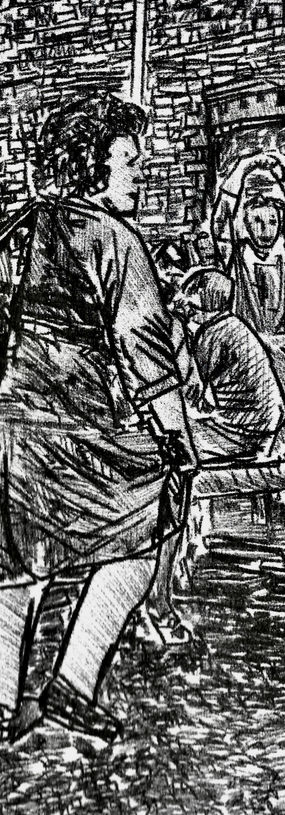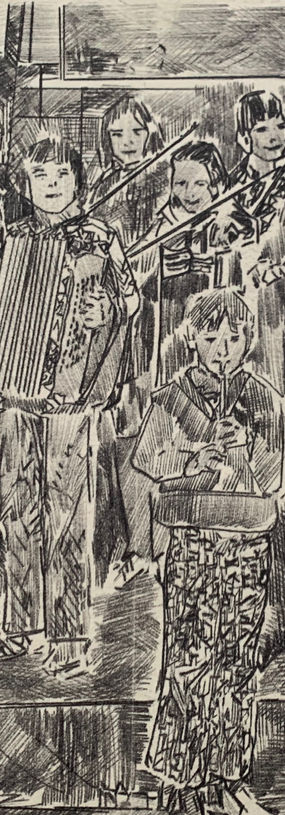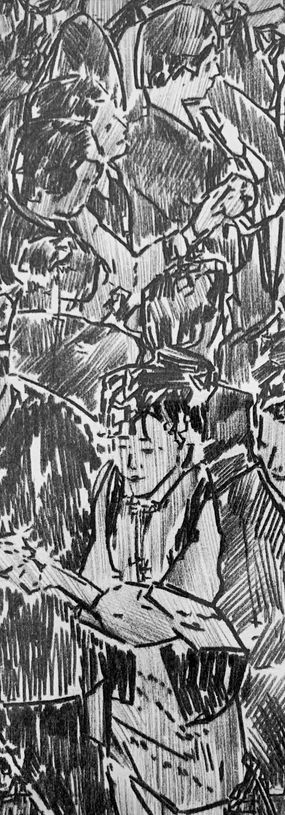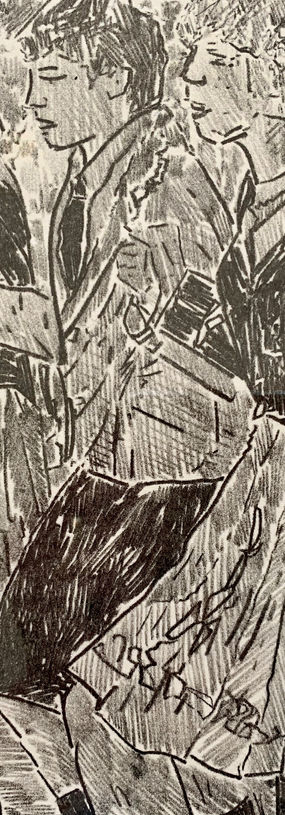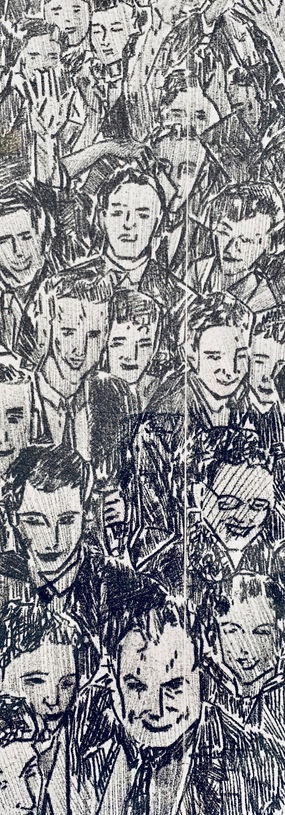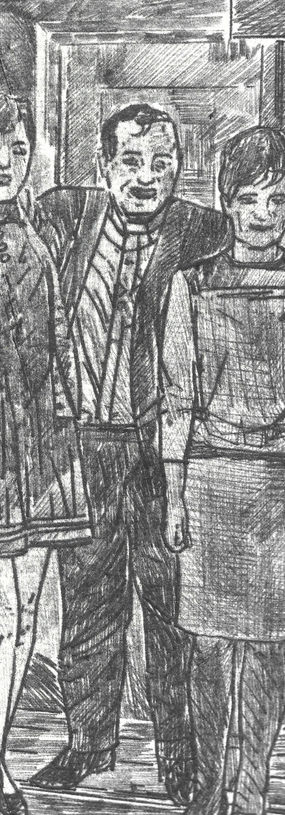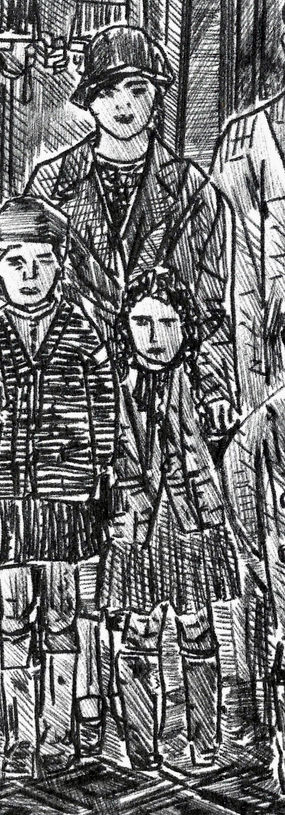top of page
The Irish in London
The Irish involvement in the British construction industry has been constant but it developed particularly during the period of the industrial revolution in Britain. The eighteenth, nineteenth, and early twentieth centuries, which were, respectively, the periods of the canals, the railways, and some of the early largescale civil engineering projects, saw large numbers of Irish workers involved in British construction. During the period of reconstruction of London in the UK after the second world war, it was often this group of builders that undertook the hazardous work on large scale building sites. From ‘digging’ and groundwork to carpentry to bricklaying, this work was often hazardous and not subject to the more rigorous health and safety rules that we have today. There was largescale immigration from Ireland in the fifties and sixties. Men and women faced the prospect of unemployment in Ireland at that time. Given the long tradition of relocating in America and the UK many of Ireland's young people left in order to establish a more prosperous life. Family members that had left would often support the new arrivals’ from Ireland. Most people came via Dublin and on to Euston Station. North London was an obvious settling place and a vibrant Irish community flourished at this time. Homesickness and exile often became the content of Irish bollards and storytelling. The generation that I would like to explore through artist output are now senior citizens, the Irish communities have dispersed and many stories of the involvement in the construction industry of Irish workers are part of collective memory.
bottom of page
